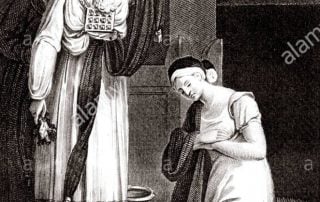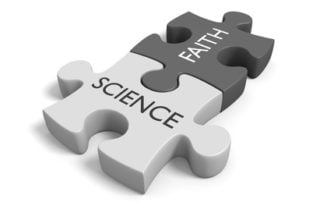G‑d, G‑dliness, Deity, Divine
G‑d Collapses Sotah’s Wave Function
The story of Sotah, a suspected adulteress, is very troubling on the first blush. Why would a woman be subjected to such humiliation? The Lubavitcher Rebbe, Rabbi Menachem Mendel Schneerson, points out that, to the contrary, the story of Sotah is the story of the boundless love of the Creator for his people. Notwithstanding the strict Biblical prohibition of erasing G‑d’s name, to vindicate the wrongly accused woman, G‑d allows and, indeed, decrees to erase His holy Name by dissolving the scriptural verses written on a parchment in the water that the woman would drink to clear her name. For as long as a woman is being suspected of infidelity, she cannot be intimate with her husband. It takes a Divine intervention, whereby G‑d sacrifices His honor in allowing erasing His holy Name, [...]




